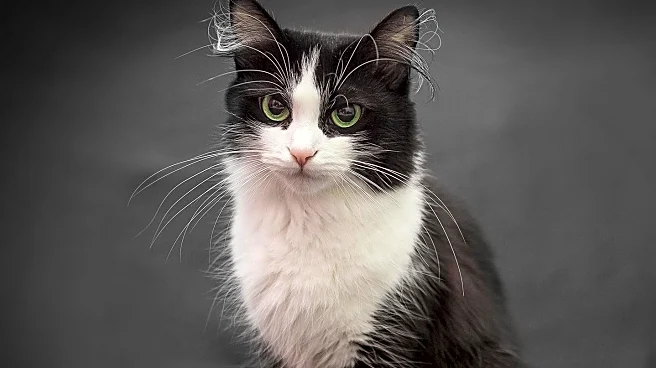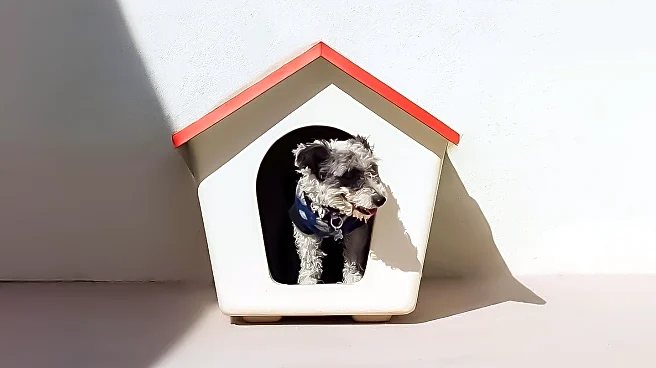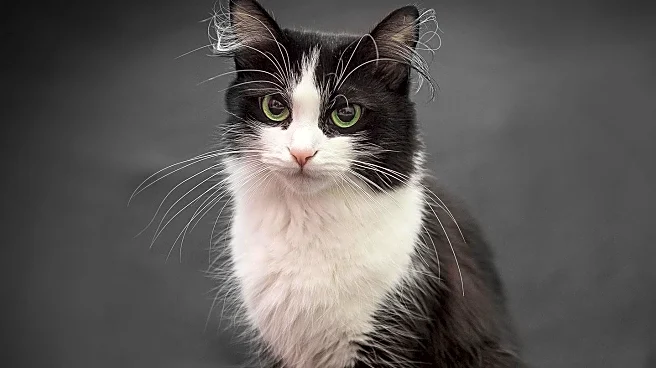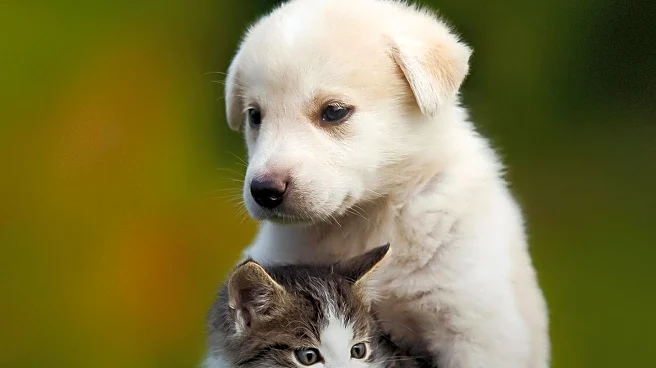What's Happening?
A viral TikTok video has brought attention to the challenges faced by animal shelters in rehabilitating rescued cats. The video, shared by user @cafeycanela5, shows a fosterer expressing distress over a shelter's decision to rehome a cat as a barn cat due
to its lack of progress in human interaction over five months. The cat, rescued as a small kitten, has been living indoors and shows interest in human presence but avoids direct contact. The shelter's plan to place the cat outdoors as a barn cat, typically reserved for feral cats, has sparked concern from the fosterer, who believes the cat has potential for further socialization.
Why It's Important?
This situation highlights the broader issue of resource constraints faced by animal shelters, which often struggle to provide extended care for animals with behavioral challenges. The decision to rehome the cat as a barn cat underscores the tension between the need for efficient resource management and the desire to rehabilitate animals. According to the ASPCA, millions of cats are adopted each year, but adoption rates have not significantly reduced the number of animals in shelters. The viral video has sparked public debate, with many viewers criticizing the shelter's approach, emphasizing the importance of finding suitable environments for rescued animals.
What's Next?
The fosterer's video has prompted discussions about alternative solutions for cats with socialization issues. Shelters may need to explore partnerships with organizations that specialize in rehabilitating animals with behavioral challenges. Additionally, increased public awareness and advocacy could lead to more resources being allocated to shelters, allowing them to provide longer-term care for animals in need. The fosterer remains hopeful for the cat's progress and is seeking ways to continue its rehabilitation.
Beyond the Headlines
The ethical considerations of rehoming animals in environments that may not suit their needs are significant. The decision to place a cat that has lived indoors its entire life as a barn cat raises questions about animal welfare and the responsibilities of shelters. This case may prompt shelters to reevaluate their policies and consider the long-term impacts of their rehoming decisions on animal well-being.













